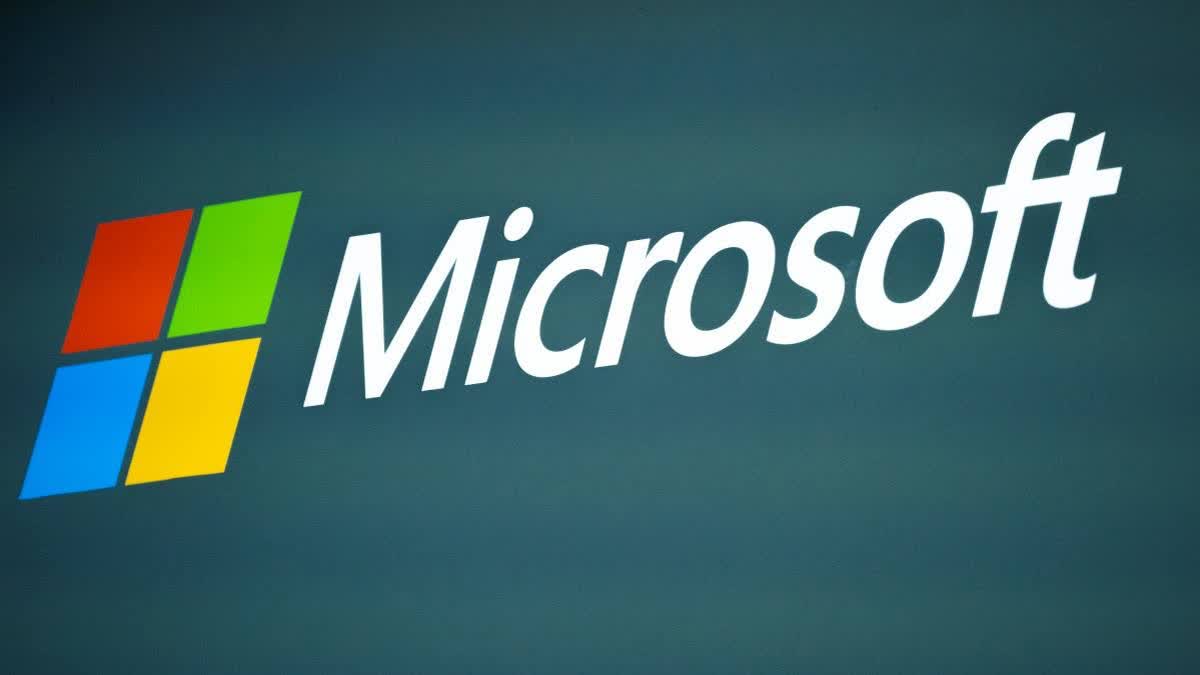Hyderabad: Microsoft on Tuesday unveiled a new lightweight artificial intelligence model, hoping to attract a broader range of customers with cost-effective alternatives. The new model, known as Phi-3-mini, is the first of three small language model (SLM) models that Microsoft plans to launch in the near future.
"Phi-3 isn't just slightly cheaper, it's dramatically cheaper, and we're talking about a 10-fold difference in cost compared to other models with similar capabilities," said Sebastian Bubeck, Vice President of GenAI research at Microsoft.
Phi-3 Mini has a capacity of 3.8 billion, trained on a dataset that is smaller than that of large language models such as GPT-4, and is available on Azure and Hugging Face, as well as Ollama. In the future, Microsoft plans to launch Phi-3 Small (with 7B and 14B parameters) and Phi-3 Medium (with 14B). Parameters refer to the number of complex instructions that a model can comprehend.
It will be available in the Microsoft Azure AI Model Catalog and on Hugging Face, a platform for machine learning models, as well as Ollama, a lightweight framework for running models on a local machine. It will also be available as an NVIDIA NIM microservice with a standard API interface that can be deployed anywhere, the company informed.
“What we’re going to start to see is not a shift from large to small, but a shift from a singular category of models to a portfolio of models where customers get the ability to make a decision on what is the best model for their scenario,” said Sonali Yadav, principal product manager for Generative AI at Microsoft.
Compared to their larger counterparts, small AI models are often cheaper to run and perform better on personal devices like phones and laptops. Microsoft also announced additional models to the Phi-3 family are coming soon to offer more choice across quality and cost.
Large language models are more suited for applications that need orchestration of complex tasks involving advanced reasoning, data analysis and understanding of context.
Small language models also offer potential solutions for regulated industries and sectors that encounter situations where they need high quality results but want to keep data on their own premises.
Read More



